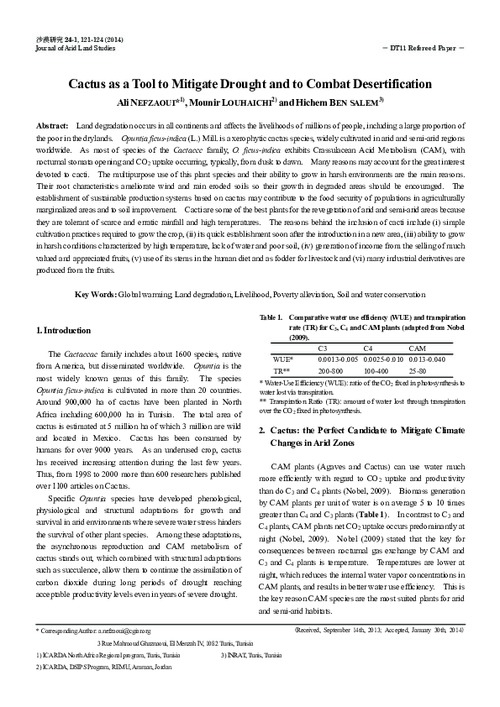Trees on farms: an update and reanalysis of agroforestry’s global extent and socio-ecological characteristics
Agroforestry, the inclusion of woody perennials within farming systems, has been widespread throughout the tropics as a traditional land use developed by subsistence farmers and, more recently, as an important livelihoods’ option promoted by land-use managers and international development agencies. Agroforestry systems range from subsistence livestock and pastoral systems to home gardens, alley intercropping, and biomass plantations with a wide diversity of biophysical conditions and socio-ecological characteristics.




